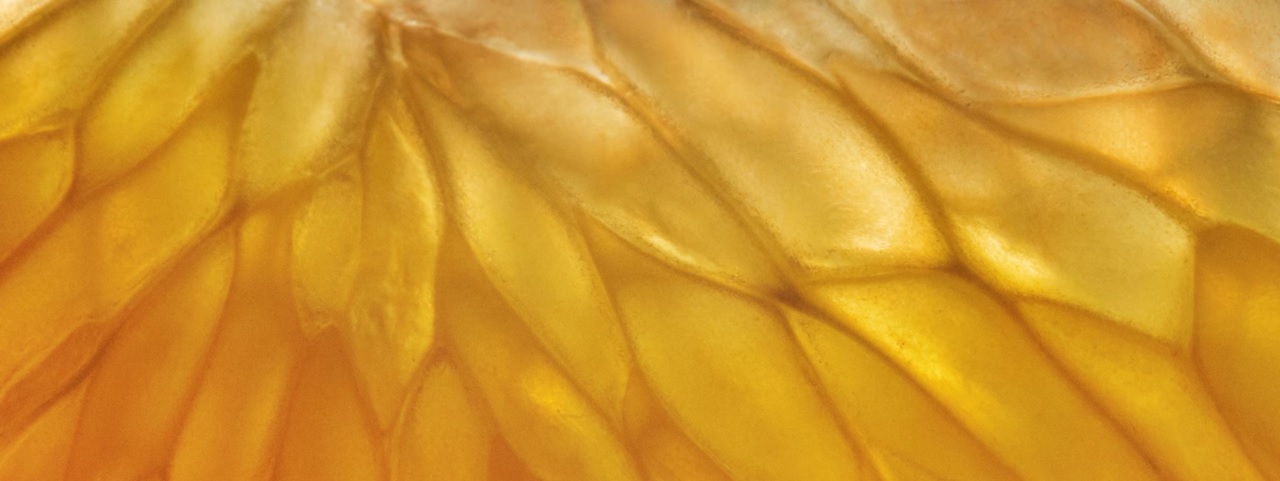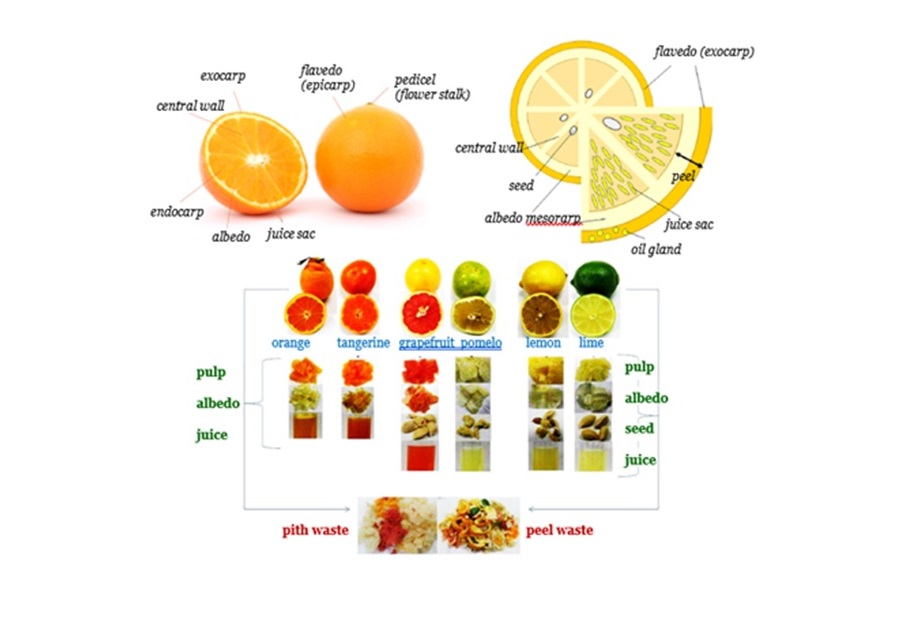North Macedonia's Accelerator Lab team, as part of the City Experiment Fund (CEF), embarked on a journey to create a dynamic learning portfolio that will address some of the burning issues facing the capital city of Skopje. This is the third and final blog post of a 3-part series that documents our journey to understand how circularity and zero-waste can be achieved in the City of Skopje. The previous posts in the series are available here:
Part 1: Working with complex systems
Part 2: Rethinking (bio)waste
---
The distinction between ‘waste’ and ‘resource’ is often a matter of imagination. Some of what we discard as waste in our daily lives can be recycled towards a new purpose, provided we have the know-how, technology and incentive to do so. Such is the case with Skopje’s citrus waste. When one orders a freshly a squeezed lemonade or orange juice in a Skopje café, almost half of the fruit used to make that drink is discarded as biowaste.
Municipal waste in the city of Skopje accounts for 27.1% of all waste collected in North Macedonia, while biodegradables make up 42.7% of all municipal waste. According to current predictions, the share of biodegradable waste will reach 50% by 2036. In Skopje’s biowaste ecosystem we identified 2707 entities that work with food (either serving or production) out of which 1383 are restaurants and 417 are cafés. These businesses discard approximately 2312 kilograms of citrus waste each month. In North Macedonia, biowaste totals 42,5% of all the waste produced. The share of that waste that ends up in a landfill in developing countries is higher (90%+) than in developed ones (25%+).
To see if some of that trash could be transformed into treasure, we investigated the potential value of 10 kg of citrus waste. We explored all possibilities for turning citrus leftovers into environmentally friendly and marketable products. Composting was always on the table, but that was our option of last resort. But before we could understand the alternatives, we first had to understand the structure of the fruit itself.
A 10 kg bag of citrus leftovers constitutes approximately 50% of the processed fruit and its composition is peels (50–60%), internal tissue (30–35%), and seeds (<1%); the chemical composition of citrus waste is (1) essential oils, (2) polyphenols, (3) flavonoids, (4) tocopherols pectin, (5) cellulose, (6) hemicellulose, (7) proteins, (8) fatty acids, (9) minerals.
After a chemical lab analysis of the leftovers and consultations with organic chemistry/technology experts at Skopje’s Cyril and Method University, we derived a list of six marketable products that could use the city’s citrus waste as a key input.
- Bio peel – an ultra-resistant and biodegradable material with the potential to replace plastic.
- Natural supplements and orange flour – a gluten-free food supplement rich in vitamin C.
- Composite pellet – a fuel with a high calorimetric value that can be used for household or industrial heating.
- Natural disinfectant – orange peel extract can be combined with alcohol, aloe vera gel, tea tree oil, glycerin, and distilled water to make an effective disinfectant.
- Nanoemulsion – coloring and flavoring agents for the food industry.
- Organogels – sanitizing gels.
One of the most important questions we asked ourselves was whether this transformation was financially sustainable. Citrus oils from orange, lemon, tangerine, lime, mandarin, and grapefruit have by far the largest number of applications with the highest demand in terms of tonnage, with European countries topping the list of citrus oil importers. The market for essential oils in developing countries is also expected to grow rapidly. In some cases, the demand for essential oils from citrus biowaste is high enough to exceed the available supply. In North Macedonia, the annual import of oranges is 6,200 tons.
10 kg of citrus waste is worth $0.29-0.43 if processed into essential oils.
KEY LEARNINGS
Our effort to give Skopje’s citrus leftovers a second life led us to multiple possibilities for citrus-based products, from essential oils and food supplements to zero-waste cosmetics. The feasibility study we conducted showed that these products are highly valued on the global market. More specifically, the feasibility study showed that North Macedonia, and Skopje in particular, had a lot of underutilized economic potential for startups that would use citrus leftovers to produce finished, marketable products based on viable business models with significant growth potential.
Our analysis of the European biowaste transformation ecosystem showed a growth trajectory in 2021. Europe is home to 386 biowaste transformation startups and 44 countries in Europe have functional biowaste transformation ecosystems where startups often take on a leading role in developing new solutions and products through transformative biowaste processes. The United Kingdom, Denmark, Finland, Germany, Italy, the Netherlands, Spain, and Sweden have the highest concentration of startup companies in this space.
In developing countries, biowaste transformation ecosystems are nascent but hold significant growth potential. In North Macedonia specifically, support for the development for its biowaste transformation ecosystem should be provided in parallel with support for the development of the country’s startup ecosystem as the most likely driver of innovation and growth in the biowaste transformation space. Given the fact that the ecosystems for biowaste transformation are essentially linked to the startup ecosystems, the underdeveloped entrepreneurial and startup ecosystems that are common to the Balkan region will pose a challenge for the development of new and innovative ideas related to biowaste. Yet the potential to do more with biowaste is clearly present and is increasingly being recognized as an environmentally positive economic opportunity. As a UNDP Accelerator Lab, we will continue applying the portfolio approach to learn how we can best make use of those opportunities, but also to connect and empower local stakeholders that can accelerate Skopje’s green transformation.
---
The City Experiment Fund (CEF) is an initiative of the UNDP RBEC and the Slovak Ministry of Finance to support resilience and renewal of cities. Since 2018, through CEF, we have been exploring and experimenting use of systemic approaches to address pollution in Skopje. CEF is a part of Transformative Governance and Finance Facility (2015-2021), and the Slovak Transformation Fund (2021-2024).
Acknowledgement
This blog series is based on the research results from the work of:
- Prof. Dr. Vesna Rafajlovska, full professor at the Institute of Organic Technology, Faculty of Technology and Metallurgy, C
- Prof. Dr. Jana Klopcevska, Professor at the Institute of Organic Technology, Faculty of Technology and Metallurgy, University "St. Cyril and Methodius ”in Skopje,
- Nuria Conde Pueyo, a postdoctoral researcher at the Universitat Pompeu Fabra Complex Systems Laboratory (UPF),
- Will Blevins, Data Analyst at Centro Nacional de Análisis Genómico (CNAG-CRG).
- Katerina Shapkova Kocevska, Associate professor at the Institute of Business Law and Economic Sciences at the Faculty of Law Justinianus Primus, University Ss. Cyril and Methodius in Skopje.
- Maneko Solutions DOOEL Skopje and Ideks Sistemi DOO Skopje
- Association for research and analysis ZMAI Skopje

 Locations
Locations









